Shoulder braces are made from lightweight, breathable materials that provide adjustable compression and targeted support. They are designed to fit either the left or right shoulder and can be worn comfortably under or over clothing. Some braces also feature hot/cold therapy packs to enhance pain relief and healing.
Key Features
✅ Adjustable Compression – Provides customizable support for different injury levels
✅ Ergonomic Design – Ensures a snug fit without restricting movement
✅ Breathable & Lightweight Material – Comfortable for extended wear
✅ Universal Fit – Suitable for both men and women, and available for left or right shoulders
✅ Hot/Cold Therapy Compatibility – Some models allow for ice or heat packs for pain relief
Benefits of a Shoulder Support Brace
✔ Reduces Pain & Inflammation – Helps with muscle soreness, joint pain, and swelling
✔ Provides Stability & Support – Prevents excessive movement that could worsen an injury
✔ Speeds Up Recovery – Ideal for post-injury or post-surgical healing
✔ Improves Posture – Encourages proper alignment and shoulder positioning
✔ Enhances Athletic Performance – Helps athletes prevent re-injury while training or competing
Who Should Use a Shoulder Support Brace?
🔹 Individuals with Shoulder Injuries – Supports rotator cuff injuries, sprains, and dislocations
🔹 Post-Surgery Patients – Aids in faster healing after shoulder surgery
🔹 Athletes & Active Individuals – Prevents injuries during sports and workouts
🔹 People with Arthritis or Joint Pain – Provides relief from chronic pain and inflammation
🔹 Workers with Physically Demanding Jobs – Supports repetitive motion injuries and strains
How to Use a Shoulder Support Brace
- Adjust the brace straps – Ensure a snug but comfortable fit.
- Position the brace correctly – Place it over the injured or weak shoulder.
- Tighten for Compression – Secure it enough to provide support without restricting circulation.
- Wear as Recommended – Use during activities or as advised by a doctor.
- Clean and Maintain – Follow washing instructions to ensure durability and hygiene.
Specifications
🔸 Material: Neoprene, elastic fabric, or breathable mesh
🔸 Support Level: Adjustable compression with Velcro straps
🔸 Size Options: Available in different sizes or one-size-fits-all with adjustability
🔸 Additional Features: Hot/cold therapy compatibility, double-strap support
A shoulder support brace is a valuable tool for individuals experiencing shoulder pain, injuries, or post-surgical discomfort. It provides stability, pain relief, and enhanced mobility, making it an essential aid for athletes, workers, and those recovering from injuries.
Frequently Asked Questions (FAQs)
1. What is a shoulder support brace used for?
A shoulder support brace is designed to stabilize, support, and protect the shoulder joint. It helps with injuries, rotator cuff issues, dislocations, arthritis, strains, and post-surgery recovery by reducing excessive movement and promoting healing.
2. Can I wear a shoulder brace all day?
Yes, but it depends on your condition. While some people may wear it for several hours a day, it’s best to take breaks to allow proper circulation. Follow your doctor’s recommendations for the best results.
3. How tight should a shoulder brace be?
It should be snug but not too tight. If you experience numbness, tingling, or restricted blood flow, loosen the straps slightly.
4. Can I sleep with a shoulder support brace on?
Some braces are designed for nighttime use, but not all are recommended for sleeping. If you need support while resting, consult a healthcare provider about the best option for you.
5. Does a shoulder brace help with posture?
Yes! Some shoulder braces also function as posture correctors, helping to keep your shoulders aligned and reducing strain on the neck and back.
6. Can a shoulder brace prevent dislocation?
A shoulder brace reduces movement, lowering the risk of re-dislocation after a previous injury. However, it does not guarantee complete prevention, so be cautious with activities that strain the shoulder.
7. Can I wear a shoulder brace while exercising?
Yes, many athletes use shoulder braces to support weak or injured shoulders during workouts. However, choose a brace with flexibility and breathability for comfort during physical activities.
8. How long should I wear a shoulder brace after surgery?
The duration depends on your doctor’s recommendations, but most people wear it for several weeks post-surgery to support healing.
9. Can a shoulder brace help with rotator cuff injuries?
Yes! A shoulder brace reduces strain on the rotator cuff, allowing it to heal properly while preventing further damage.
10. Is a shoulder brace suitable for both left and right shoulders?
Most shoulder braces are adjustable and can be worn on either shoulder, but always check product specifications to confirm.
11. How do I choose the right size shoulder brace?
Measure your chest and upper arm circumference, then refer to the manufacturer’s size chart for the best fit. Some braces are one-size-fits-all with adjustable straps.
12. How do I clean my shoulder brace?
✔ Hand wash with mild soap and water
✔ Air dry completely before reuse
✔ Avoid machine washing or excessive heat
13. Will a shoulder brace completely heal my injury?
A shoulder brace supports healing but does not cure injuries on its own. Proper rest, physical therapy, and medical treatment are essential for full recovery.
14. Can I wear a shoulder brace under my clothes?
Yes! Most shoulder braces are lightweight and discreet, allowing you to wear them comfortably under your clothing.
15. Where can I buy a high-quality shoulder support brace?
Shoulder support braces are available at medical supply stores, pharmacies, and online retailers. Look for a comfortable, adjustable, and breathable design for the best results.
Looking for effective shoulder support? Get a high-quality shoulder brace today for lasting relief and protection!



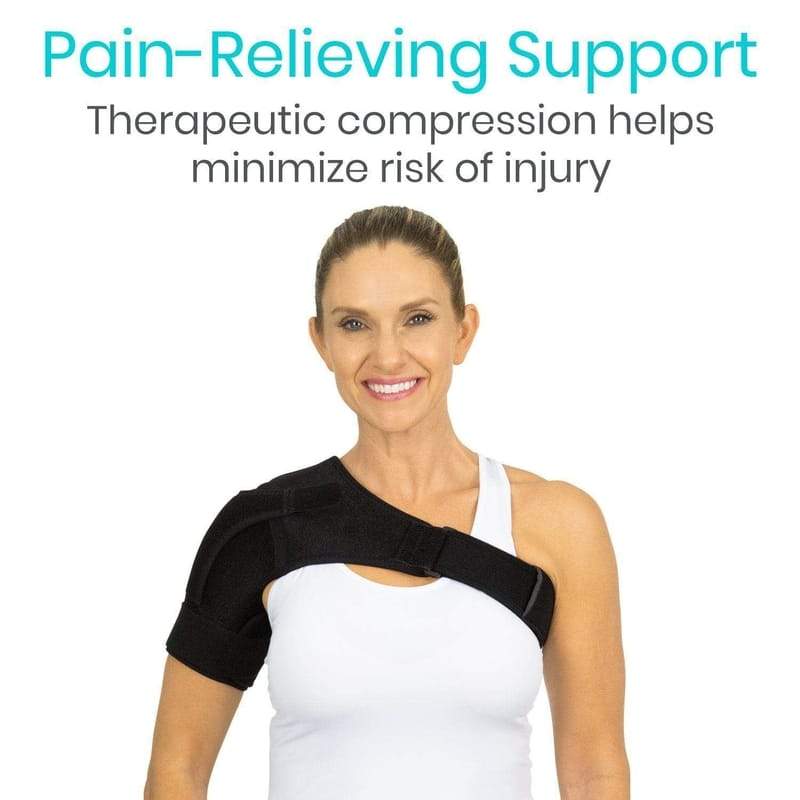
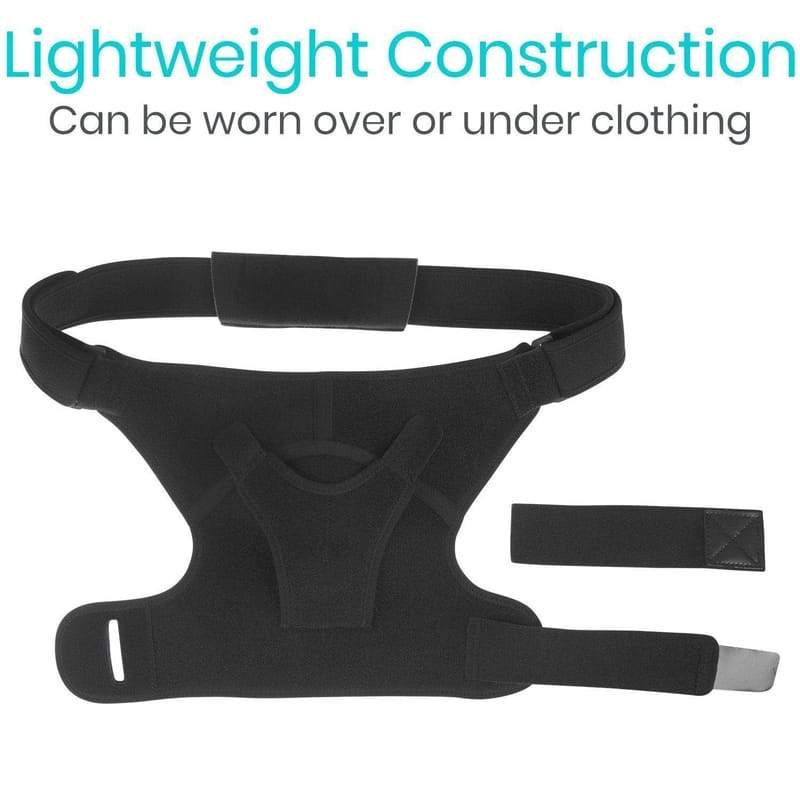
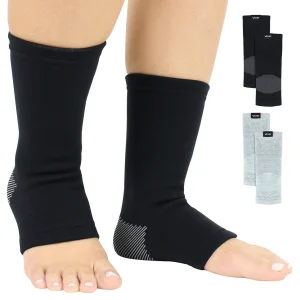
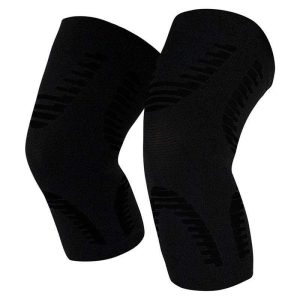
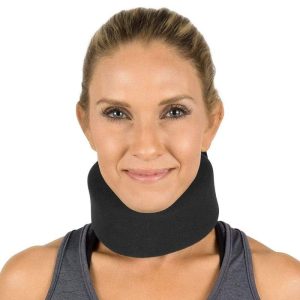
Reviews
There are no reviews yet.